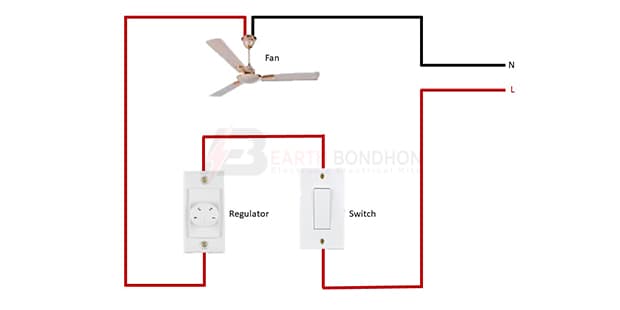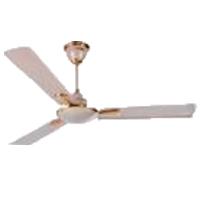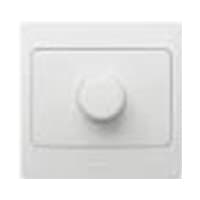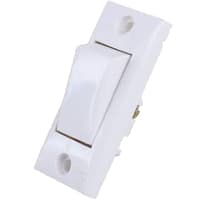Ceiling Fan Regulator connection:
This diagram shows how to make a Ceiling Fan Regulator connection. Fan Regulator connection. In this circuit, we use a ceiling fan, a fan regulator a switch. First, we need to connect the switch and regulator with the phase wire. Then input neutral connection to fan neutral terminal and need input phase connection to fan phase terminal. Now this circuit is ready for use.
Advertisements
Components needed For this Project:
You can get the components from any of the sites below:
- Ceiling Fan 56-Inch [See Buy Click Amazon]
- Fan Regulator [See Buy Click Amazon]
- SPST Switch [See Buy Click Amazon]
*Please note: These are affiliate links. I may make a commission if you buy the components through these links. I would appreciate your support in this way!
Advertisements
Components used to make the Ceiling Fan Regulator connection:
A Ceiling Fan is a fan Mounted on the Ceiling of a Room or space, Usually, Electrically Powered, That Uses hub-mounted Rotating Blades to Circulate air flow. They cool people effectively by increasing speed. It Doesn not Cool the Air Temperature — we Feel Cooler Because the Fan Moves the Air Around Us, a Process Called Evaporative Cooling. Evaporative Cooling Works like this: A cold day will feel Even Cooler if There is a Breeze Because of the wind Chill Factor.
02. Fan Regulator:
A Fan Speed Controller Controls The Voltage Across the Fan and Therefore Indirectly Controls its speed 220v AC line. A ceiling Fan Speed Regulator Actually Measures and Regulates the Speed of the Fan Using its Tachometer. Fan Speed is Controlled with Thyristor or Transformer Speed Controllers for Ceiling fans, and table fans. the fan is Controlled by a Capacitor, and the Voltage across the fan Determines the fan speed. A Speed Control loop Can be Implemented That is Independent of Manufacturing Variances and Wear on The Fan control system.
An SPST (Single Pole Single Throw) Switch is a Switch That only Has a Single Input and can Connect Only to one Output. This means it Only Has one Input Terminal and Only 1 Output Terminal. A Switch is a Mechanical or Controlling Device That Changes the Flow of Current Direction or Interrupts the Flow of Current Within a Circuit diagram. An electrical line using Single Pole Single Throws (SPST) is Perfect for on-off switching. When the SPST is closed, the Circuit is Closed and the light from the lamp switches on the system. When The Single Pole Single Throw (SPST) is then opened, the light from the lamp goes out and the Circuit is off.
Thank You for visiting the website. Keep visiting for more Updates.
Read more Single Phase Wiring
What is a kilowatt-hour (kWh) | kwh formula | What does kwh mean
Introduction to Electrical Units and CircuitskW and kWh on your electricity bill As your home uses electricity during...
What is the Difference Between kVA | What does KVA mean | kVA formula
Difference Between KVA ExplainedWhat does KVA Mean? There are technical terms aplenty when it comes to generators, and...
Power Factor | Power Unit | Energy | Electricity Unit
Power factor definition | Calculating Power FactorPower Factor Values In a purely resistive circuit, the power factor...




0 Comments